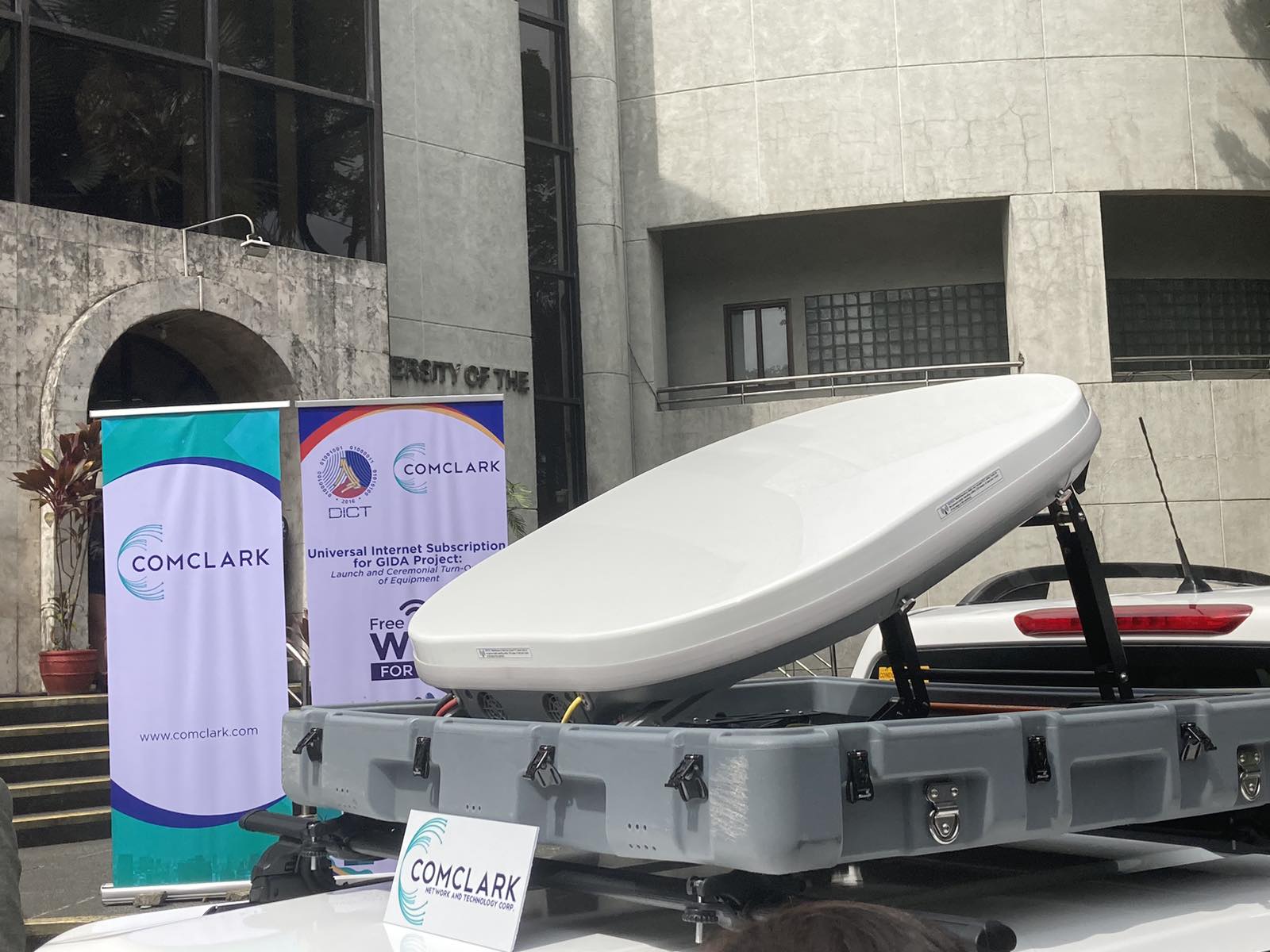'To bridge the digital divide': DICT, ComClark extend digital connectivity to 2,000 remote areas
By Sonny Daanoy
The Department of Information and Communications Technology (DICT) and ComClark Network and Technology Corporation led the Launch and Ceremonial Turn Over of Equipment for the Universal Internet Subscription for Geographically Isolated and Disadvantaged Areas (UISG) Project on Tuesday, Nov. 21.

ComClark is a holding company of Converge ICT Solutions Inc.
DICT Secretary Ivan John Uy emphasized in his speech at the department’s main office in Quezon City that the program is part of the "Broadband ng Masa" initiative, which "seeks to bridge the digital divide and connect Filipinos to limitless opportunities the digital economy offers."
"Our collaboration with ComClark for the UISG Project exemplifies our dedication to turning this vision into reality," Uy said.
"We are committed to ensuring that the benefits of the digital revolution reach every corner of our nation," he added.
With a budget of P1.1 billion, the UISG Project aims to establish digital access in 2,000 Geographically Isolated and Disadvantaged Areas (GIDAs) across the country, marking a significant stride toward achieving digital inclusivity.
The essence of this measure is the departure of the very-small-aperture terminal (VSAT) satellite communications, fiber technology, and satellite-communications (SatCom) on-the-move terminals on over 2,000 far-flung areas to provide satellite-enabled connectivity.

DICT Undersecretary Jeffrey Ian Dy pointed out that the archipelagic and widely varying terrain of the Philippines presents a significant challenge to ensuring internet connectivity in the country.
"This is why the DICT engages with capable and reliable service providers, such as Converge, so everyone gets the best possible service, regardless of where they are,” Dy said.

ComClark explained the appropriate technologies that can be used in various areas for deployment.
"These fiber-enabled access points number around 1,400 sites. Hilly and mountainous areas, meanwhile, will be serviced with fixed VSATs, which can be distributed to far-flung and isolated communities nationwide to provide satellite-enabled connectivity," ComClark noted.
Meanwhile, the company emphasized the 34 SatCom on the Satellite-on-the-Move terminals are set to be deployed for this project.
"These are powerful and highly portable antennas that can be hooked up to moving vehicles, either automobiles or watercraft, making them ideal for augmenting disaster and emergency response," it said.
"Thirty-four of these units, which come with a carry-on case and a genset, were recently handed over to DICT for distribution to their regional offices," it added.
Based on the reports, there are currently 4,741 active sites in 1,871 locations across 17 regions. The project has enabled the public to consume 806 terabytes (TB) of internet data.
Furthermore, ComClark Chief Operations Officer Benedicto Bulatao represented the company in honoring DICT for its collaboration and nationwide efforts to bring connectivity to the far-flung areas of the country.
“Today, we are putting marginalized communities and groups front and center of the digital agenda,” he said.
RELATED STORY:
https://mb.com.ph/2023/11/21/com-clark-aims-for-long-term-provision-of-free-wifi-to-remote-areas